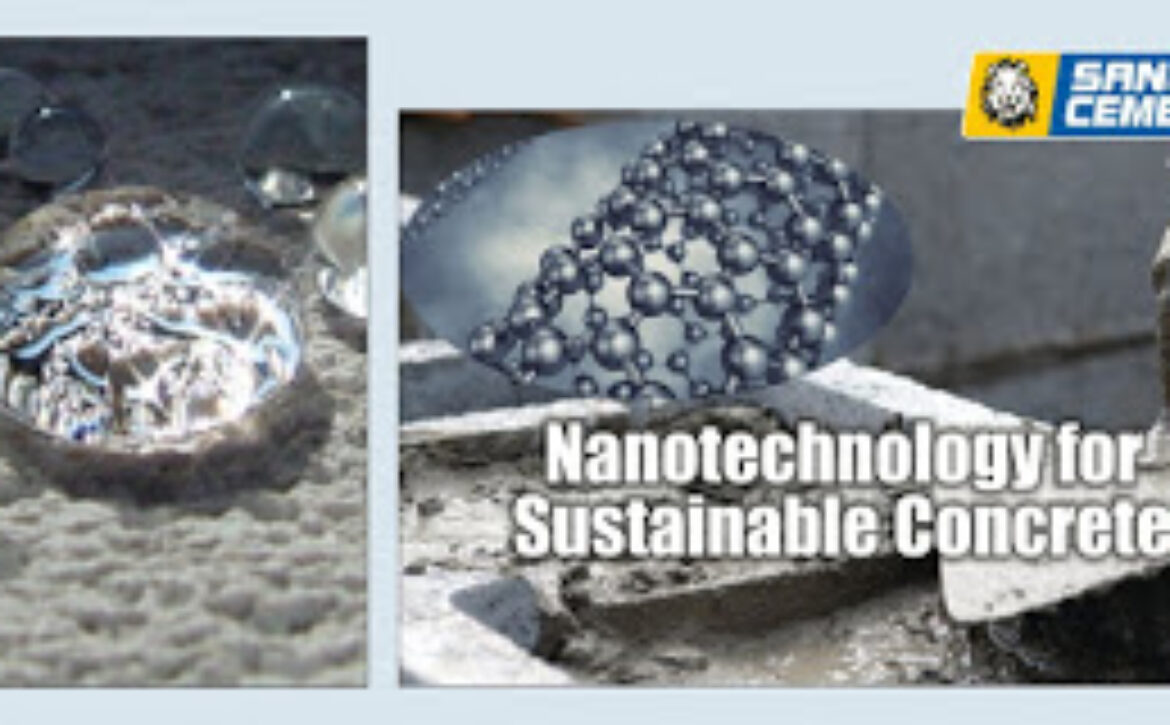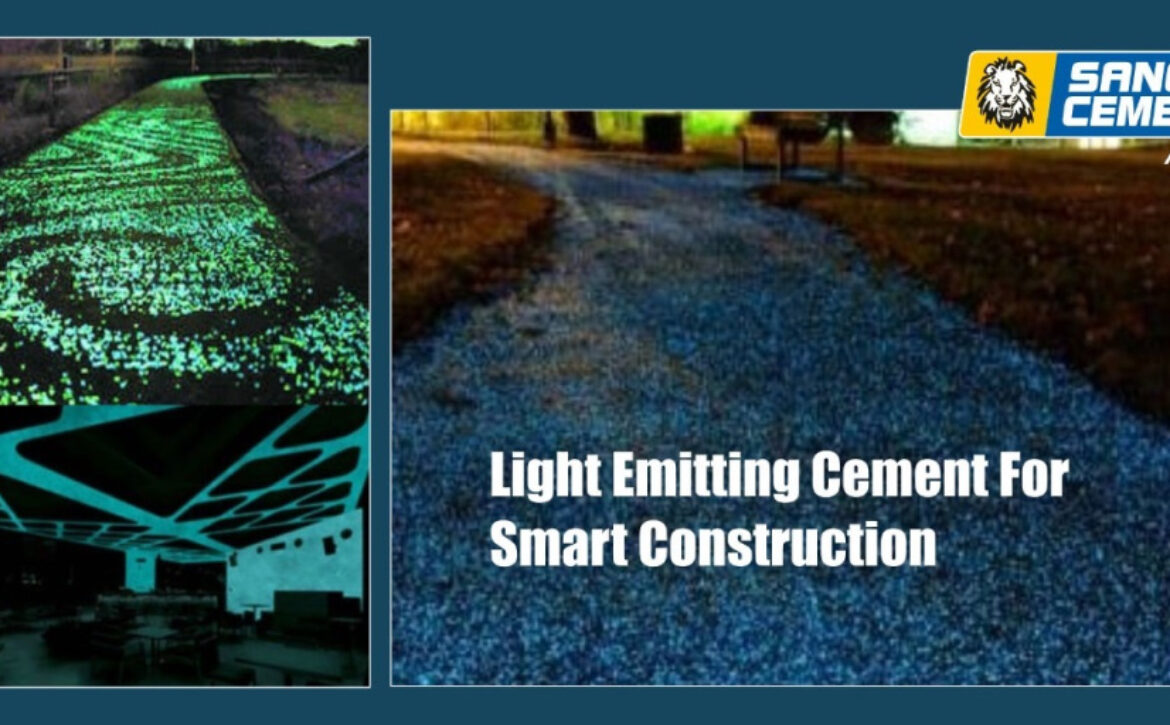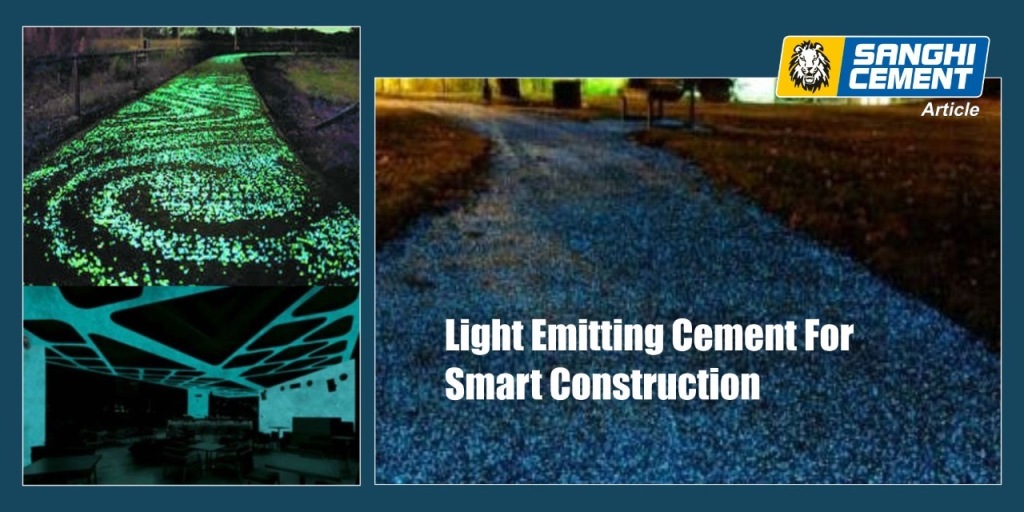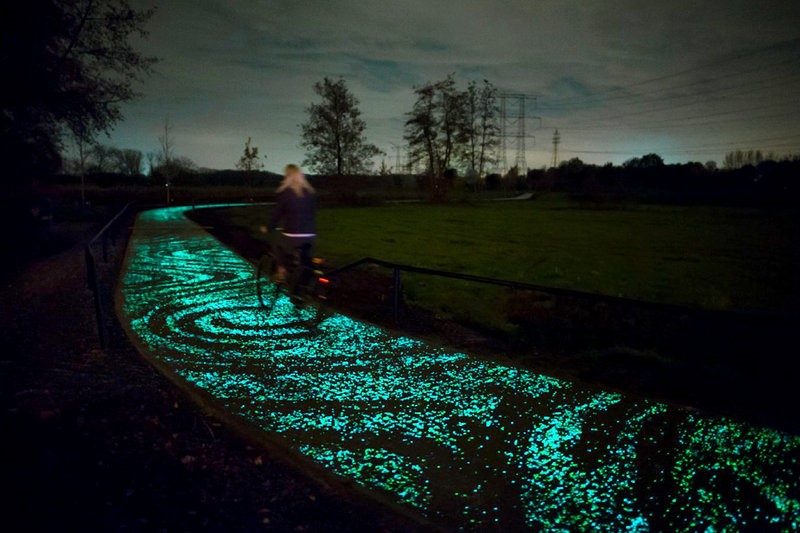Nanotechnology for sustainable concrete

This technology and its uses in construction materials and products make it so progressive in the construction industry. Products developed from this method gain extraordinary functionalities. Now a days main focus and gain benefits from this technology is that how can we get sustainable building materials using nanotechnology.
Product which is made from this nanotechnology gain unique characteristic. It is used in materials like cement, concrete, glass, paint etc.
In ready mix concrete micro-silica or nano silica is highly suggested to use as it will increases mechanical properties, durability and elasticity of concrete. When we are using micro silica in concrete it will reduce cement requirement thus reduces amount of energy consumption and CO2 emission.
It is used in construction materials, for repair works and for fire protections.
Use of Nanomaterials with Construction Materials
Use of nanomaterials in cement and concrete is one of the popular solutions from nanotechnology. It will help in increase strength and durability of concrete. In addition to that it will help to improve hardness of concrete and ductility of concrete.
Silica, Nano clays, Nano Iron(Fe2O3), Nano Alumina Al2O3, CuO, Zinc Oxides, Titanium Oxides etc. are the nanomaterials used with cement and concrete.
The silicon dioxide nanoparticles help to increase the compactness and assembly of the concrete.
Copper nano particle used with steel helps to smoothen the steel surface. This smooth surface avoids the chnaces of cracking and prevents fatigue cracking.
Next innovation is the use of nanomaterials with glass. The combination permits the windows to gain property to regulate the amount of light passing through it and the building walls. It is hence a means of energy conservation as it reduces heat loss.
Use of Nanotechnology for Repair
The property of nanostructures to self-heal harmed surfaces of the structures leads huge advantage in construction industry. The use of nanosensors in structures helps to foresee the existing failures in the structures. A concrete mix that has cracks are slowly recovered by a healing agent released by the rupture of microcapsules.
Use of Nanotechnology for fire protection
Nanotechnology can be used as starch-based coatings, nanofiber mats, hydrogels, and Polyetherimide nanocomposites foams to increase fire resistance.
………………………………………………………………………………………………………………………………….
Like us on Facebook :- https://www.facebook.com/SanghiCement
Follow us on Linkedin :- https://www.linkedin.com/company/sanghi-industries-ltd
Subscribe us on Youtube :- https://www.youtube.com/SanghiIndustries-Ltd
For any Inquiry visit :- http://www.sanghicement.com/inquiry-form
Contact us on Whatsapp :- +91-79-26838000





